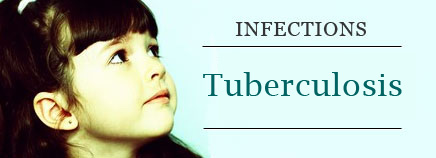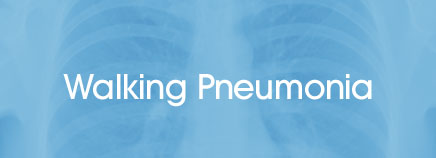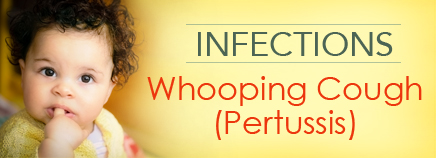Scarlet fever is caused by an infection with group A streptococcus bacteria (usually strep throat). The bacteria make a toxin (poison) that can cause the scarlet-colored rash that gives this illness its name. Not all streptococci bacteria make this toxin and not all kids are sensitive to it. Two kids in …
Sinusitis
Sinuses are moist air spaces within the bones of the face around the nose. When they become infected and swell or become irritated, this is called sinusitis (or a sinus infection). These infections usually follow colds or bouts with allergies. Sinusitis is common and easily treated. Causes The sinuses are …
Strep Throat
Symptoms of strep throat, which is very common among kids and teens, include fever, stomach pain, and red, swollen tonsils. What helps ease your child’s sore throat? Soothing drinksIce pops or ice creamPain relievers like acetaminophenOther VoteView Results Strep throat usually requires treatment with antibiotics. With the proper medical care …
Tuberculosis
Tuberculosis (popularly known as “TB”) is a disease caused by the bacteria Mycobacterium tuberculosis. It mainly infects the lungs, although it also can affect other organs. When someone with untreated TB coughs or sneezes, the air is filled with droplets containing the bacteria. Inhaling these infected droplets is the usual way …
Walking Pneumonia
During the school year, it can seem like kids pick up one bug after another. One week it’s a runny nose, the next a sore throat, or both. Most of the time, these bugs only last for about a week. But those that linger on for longer can sometimes turn …
Whooping Cough (Pertussis)
Whooping cough (pertussis) is an infection of the respiratory system caused by the bacterium Bordetella pertussis (or B. pertussis). It mainly affects babies younger than 6 months old who aren’t yet protected by immunizations, and kids 11 to 18 years old whose immunity has started to fade. Whooping cough causes severe coughing …






